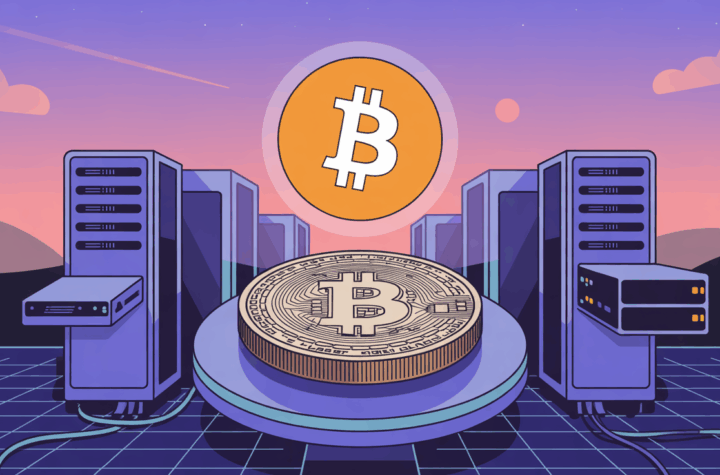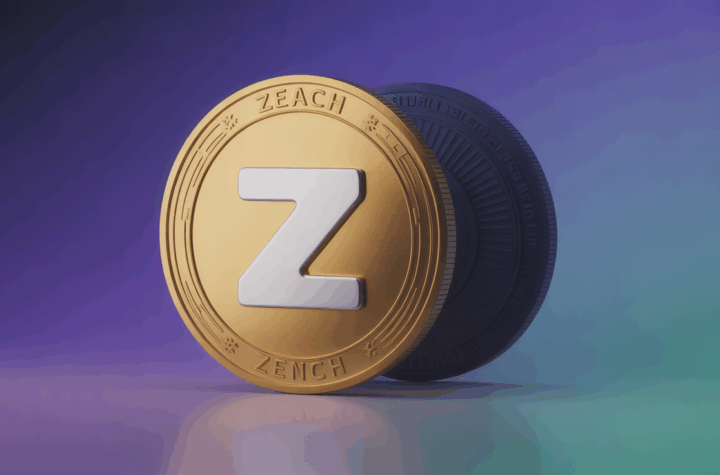
Bitcoin DeFi Explodes 20x as Developers Unlock Yield Opportunities on the World’s Largest Network
Bitcoin’s role in the crypto ecosystem is rapidly evolving, as a surge in developer activity drives the network toward becoming a key platform for decentralized finance (DeFi).
A new report from Arch Network, obtained by CoinDesk, reveals that the total value locked (TVL) in Bitcoin-native DeFi protocols has skyrocketed from $307 million in early 2024 to $6.36 billion by mid-2025 — a staggering 20x increase. The growth has been led by lending protocols, bitcoin-backed stablecoins, and a wave of institutional capital seeking yield on the traditionally dormant asset.
The report draws on input from 125 developers, investors, and users across Asia and Africa, highlighting the shift in perception of bitcoin — from a passive store-of-value to an active, yield-generating asset.
Lending and borrowing platforms are the most widely used services, cited by 59% of respondents. Bitcoin-collateralized stablecoins followed at 41%, with decentralized exchanges (DEXs) and tokenized real-world assets like real estate coming in at 32% and 29%, respectively.
These are not just experimental applications, Arch noted, but early signs of real user demand. For many, Bitcoin DeFi offers liquidity access without the need to sell BTC.
Still, skepticism remains. About 36% of users continue to hold their bitcoin in cold storage, citing a lack of trust in current DeFi platforms. Another 25% avoid using Bitcoin-based DeFi altogether due to perceived risks, while 60% pointed to smart contract exploits as the primary security concern.
“Bitcoin’s next chapter isn’t just about being held — it’s about being put to work,” said Arch CEO Matt Mudano. “Unlocking native liquidity is key to that transformation.”
Developers appear both enthusiastic and frustrated. While 44% say they build on Bitcoin for its security and decentralization, 43% also list limited smart contract functionality as a major drawback. Others flagged tooling, composability, and documentation as development bottlenecks.
Multichain deployment remains common: 63% of developers surveyed are also building on Ethereum, 47% on Solana, and 44% on Base. But nearly half said they hope to go fully Bitcoin-native in the future — especially with tools like ArchVM, a Bitcoin-based virtual machine that could bring smart contracts on-chain without relying on wrapped tokens or cross-chain bridges.
When asked what’s needed to scale Bitcoin DeFi further, respondents emphasized better developer infrastructure (45%), broader Layer 2 adoption (43%), and increased liquidity. Above all, they said, improved security is essential — no project will gain serious traction without auditability and hardened bridge mechanisms.
Despite the hurdles, institutional interest is rising fast.
“If just a small portion of Bitcoin’s $2 trillion market cap starts generating yield,” said DPI Capital partner Shahan Khoshafian, “the potential returns are massive.”
Right now, Bitcoin DeFi feels like Ethereum in 2019 — raw, early, and uncertain. But if the builders stay the course, Bitcoin may soon become more than a reserve asset. It may become the backbone of a new yield-powered financial system.






More Stories
What to Watch in Crypto This Week: Circle, CoreWeave, and Square’s BTC Moves
What Traders Are Watching: ETH, XRP, ADA, SOL Amid Trump’s $2K Dividend Proposal
Zcash Privacy Joins Solana DeFi as Wrapped ZEC Surpasses $15M in Trading